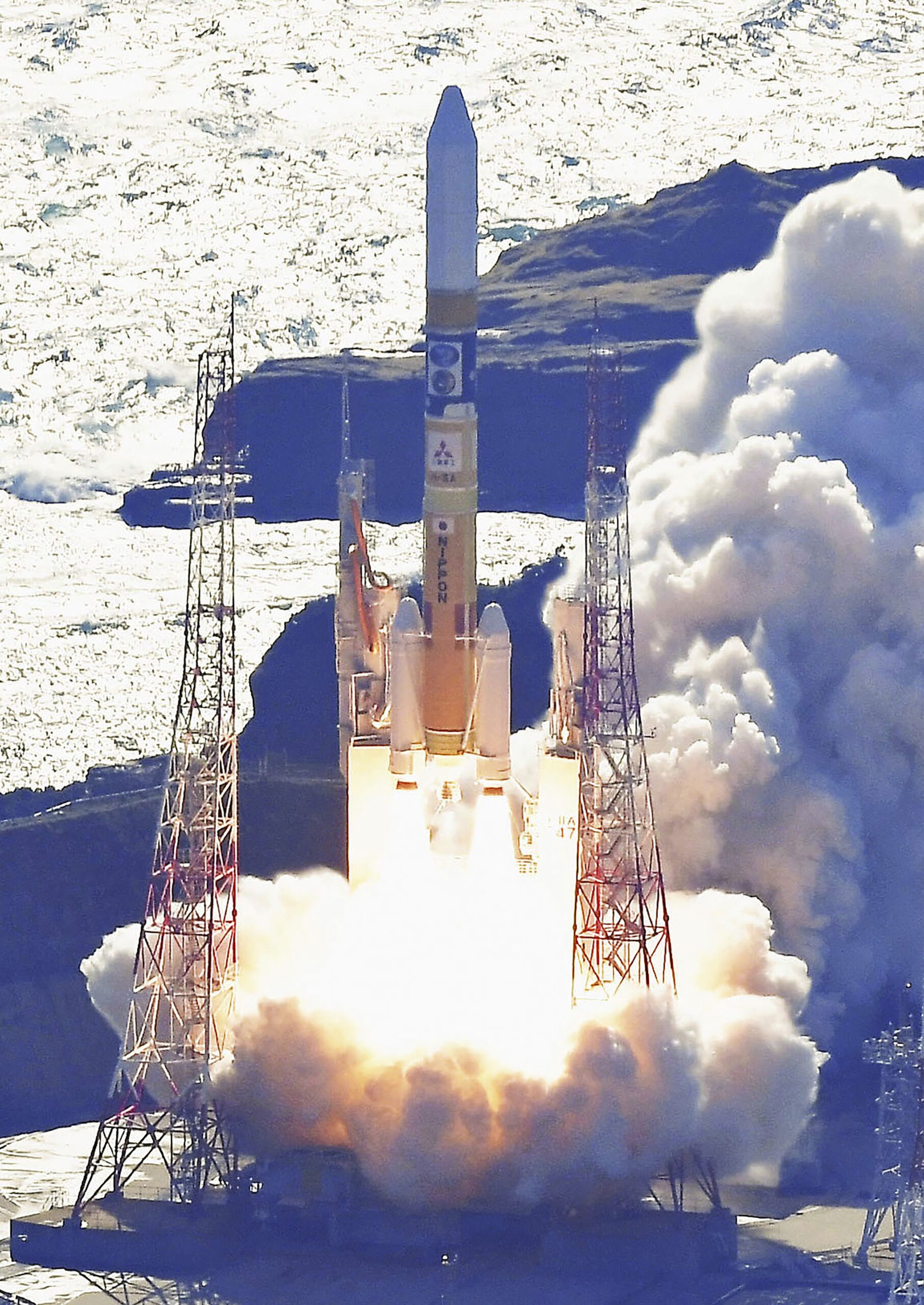Japan successfully launched a rocket carrying two important payloads: the X-Ray Imaging and Spectroscopy Mission (XRISM) satellite and the Smart Lander for Investigating Moon (SLIM). The launch took place at the Tanegashima Space Center in Kagoshima, following a planned and smooth trajectory, as reported by the Japan Aerospace Exploration Agency (JAXA).
XRISM, designed to unravel the mysteries of the universe and space-time evolution, was successfully separated from the launch vehicle approximately 14 minutes and 9 seconds after liftoff. SLIM, on the other hand, separated from the launch vehicle about 47 minutes and 33 seconds after launch. This mission is a collaboration between JAXA and NASA, with contributions from the European Space Agency (ESA) in the construction of the telescope. As part of this partnership, European astronomers will be granted access to a portion of the telescope’s observing time. Notably, XRISM is a rebuild of the Hitomi mission, which encountered difficulties and lost contact with Japan shortly after its launch in 2016. The successful launch of XRISM signifies a significant step forward in Japan’s space exploration efforts.
SLIM is designed with a lightweight structure, making it well-suited for future missions and potential exploration of moons around other celestial bodies, such as Mars. JAXA believes that SLIM’s success could lead to more precise landing capabilities in future missions, allowing for targeted landings in specific locations of interest. Overall, this launch represents a promising advancement in Japan’s space endeavors and international collaboration in the pursuit of understanding the cosmos and expanding humanity’s reach into the universe.

















